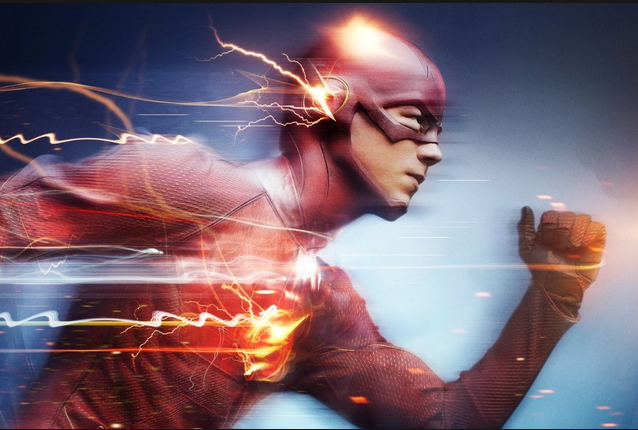ISS
1. Space Stations
Only 3 people have spent more than a year continuously in space, all of them on board a space station. These giant, orbiting spacecraft allow astronauts to spend long periods living and working off the planet.
A total of 10 manned space stations have orbited the Earth since 1971. The first one, Salyut 1, was small enough to be launched in one piece but had room for only 3 people. Larger space stations are built in orbit by joining room-like parts called Modules, which are constructed on Earth and launched separately. Astronauts used this method to build the International Space Station (ISS), fixing the first parts together in 1988. It is the largest man-made object ever to orbit Earth and is visible to the naked eye, looking like a bright star that sweeps across the sky just a few minutes. The ISS is used for scientific research, but Space Stations may one day be used as a staging post for manned missions to the planets.
2. International Space Station
The International Space Station (ISS) is a space station in low Earth orbit. The ISS programme is a joint project between 5 participating space agencies: NASA, Roscomos, JAXA, ESA, and CSA. The ownership and use of the space station is established by intergovernmental treaties and agreements.
The station is suited for the testing of spacecraft systems and equipment required for the missions to the Moon and Mars. The ISS maintains an orbit with a height of at least 400 km by means of reboost
maneuvers using the engines of the Zvezda module or visiting the Spacecraft. It circles the Earth every 93 minutes and about 16 times a day. The Station is divided into two parts, The Russian Orbital Segment (ROS) which is operated by Russia, The United States Orbital Segment (USOS) which is shared by many nations. The first ISS component was launched in 1988 with the first long term residents arriving on 2 November, 2000. Since then the station
The station is suited for the testing of spacecraft systems and equipment required for the missions to the Moon and Mars. The ISS maintains an orbit with a height of at least 400 km by means of reboost
maneuvers using the engines of the Zvezda module or visiting the Spacecraft. It circles the Earth every 93 minutes and about 16 times a day. The Station is divided into two parts, The Russian Orbital Segment (ROS) which is operated by Russia, The United States Orbital Segment (USOS) which is shared by many nations. The first ISS component was launched in 1988 with the first long term residents arriving on 2 November, 2000. Since then the station



Comments
Post a Comment